We list the best hotels in Beijing as recommended by travel experts from CNN, Lonely Planet, Frommer’s, Fodor’s, New York Times and more. All hotel recommendations have been referenced with customer reviews and we only listed places with at least a 4 out of 5-star customer review rating.
Best cheap hotel in Beijing: The Orchid Hotel
Best boutique hotel in Beijing: CHAO Sanlitun
Best luxury hotel in Beijing: Mandarin Oriental Qianmen
Best hostel in Beijing: Peking Station Hostel
Best eco-friendly hotel in Beijing: East Beijing Hotel




“Chinese heritage meets modern luxury in the newly opened Mandarin Oriental Qianmen, Beijing. At just 42 rooms, the intimate hotel offers an immersive taste of tradition. Upon arrival, you’ll be welcomed into a restored labyrinth of hutongs (narrow alleyways), complete with a Zen-like courtyard and a sleek, contemporary aesthetic that provides a calming retreat from the bustle just outside your front door.”

“Even the most modest “deluxe” rooms at the Four Seasons Beijing come with state-of-the-art tech, bathtubs with city views, and clever architecture that seems to amplify the already generous 46 square meters (500 square feet) of living space.”
Featured as Fodor’s Choice in Beijing.

“People pay top dollar to stay at the Peninsula Beijing, but they know it’s not a gamble. It’s a cosseting experience from start to finish, and a fine way to ensure your entire trip is seamless.”
Featured in CN Traveler’s 2018 Hot List
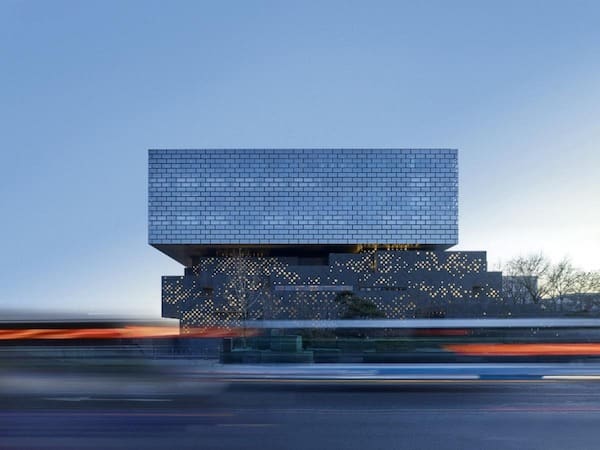
“Opened in 2019, the PuXuan is Beijing’s most stylish sanctuary, made for grown-ups who demand the finer things in life. Rooms are a masterclass of taste and design – choose a west-facing Grand Deluxe for artfully framed views of Jingshan Park, a sea of hutong and a tantalising corner of the Forbidden City.”
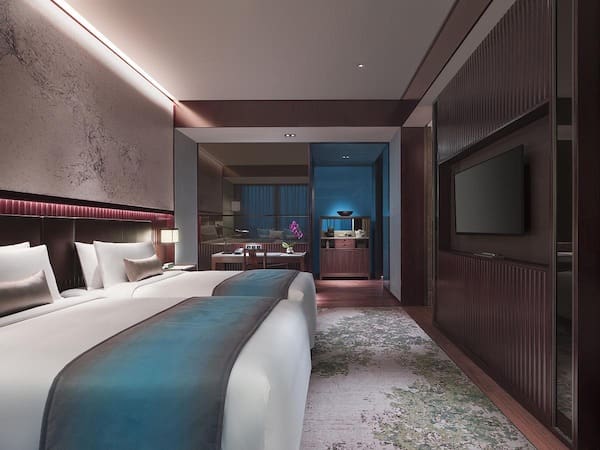
“The flagship hotel of a homegrown hospitality brand, NUO serves up a Chinese take on luxury living, which equates to teas from its own plantations in the palatial guest rooms, Chinese poetry inscribed on the marble bathroom walls and bling art pieces from Chinese superstar artist Zeng Fanzhi in the lobby. Far from the action, but close to 798 Art District.”
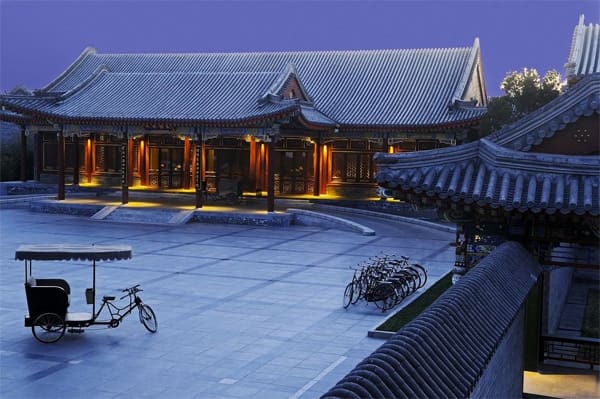
“Hard to fault this exquisite hotel, a candidate for best in Beijing. It’s located around the corner from the Summer Palace – parts of the hotel date to the 19th century. The big rooms are superbly appointed, and contained in a series of picture-perfect pavilions set around courtyards.”
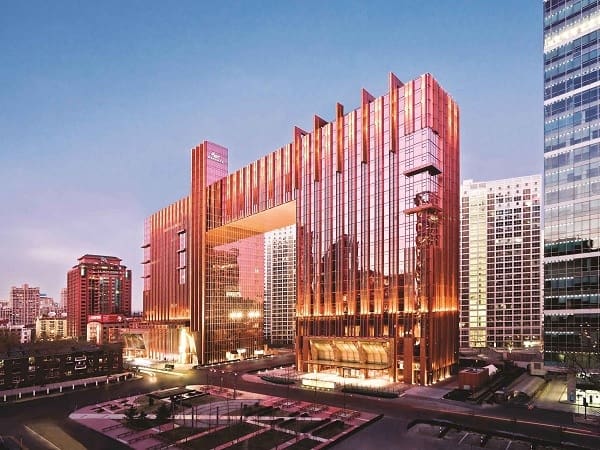
“The 222-room Fairmont Beijing, opened in 2010, has excellent English-speaking service and is conveniently located a short taxi ride from the Forbidden City, SanlitunCQ and the Temple of Heaven. The top-of-the-line Gold Rooms offer great views from the skybridge on the 20th floor and 24-karat-gold rain showerheads.”
Featured in New York Times’ 36 Hours in Beijing.
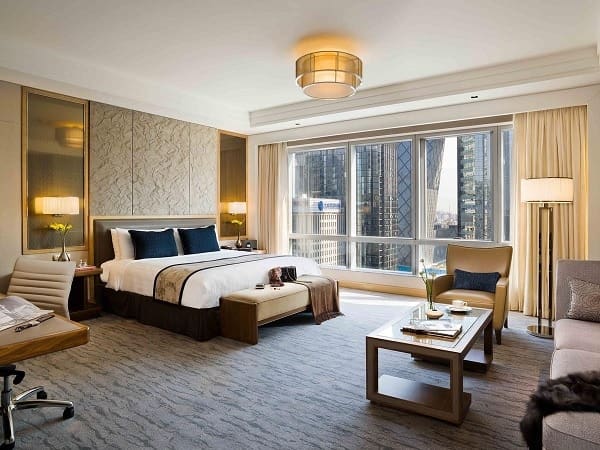
“Few hotels capture the bustling energy of cosmopolitan Beijing like the Kerry Hotel. Style and service runs through the veins of the downtown hotel. Bright, airy rooms are equipped with space age bathroom equipment.”

“A laid-back hotel in one of the city’s most vibrant hutong neighborhoods, The Orchid offers a relaxing way to experience local life in old Beijing. From a trio of roof terraces you can catch sight of the famed Drum and Bell Towers looming over tiled rooftops.”
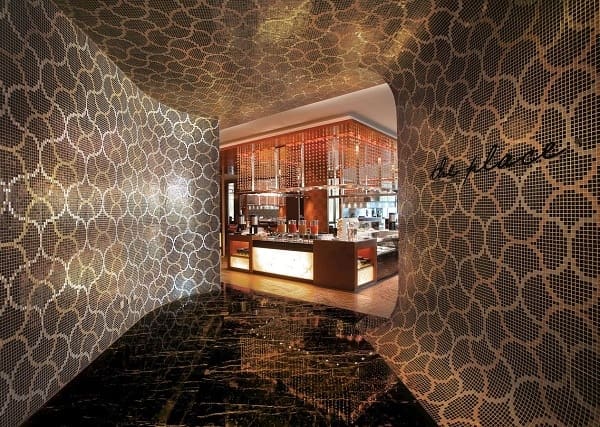
“Although just a minute away from the international airport, this 372-roomer succeeds in being more than a place to pass out during a layover. With contemporary Chinese art filling the hotel, Cordis has a cheeky, creative atmosphere.”
Recommended by:
Forbes, CN Traveler
Recommended by:
Fodors, Frommers, Forbes, Telegraph
Recommended by:
CN Traveler, Forbes, Telegraph
Recommended by:
Lonely Planet, Forbes
Recommended by:
Lonely Planet, Fodors, Telegraph
Recommended by:
Lonely Planet, Forbes, CNN, Fodors
Recommended by:
New York Times, Forbes
Recommended by:
CNN, Forbes
Recommended by:
CNN, Fodors, Frommers, Telegraph
Recommended by:
CNN
Beijing is the capital city of China that has a history dating back three thousand years but it is home to the city’s sprawling skyscrapers as well as the sites with historical and cultural significance such as Forbidden City.
Some of the best neighborhoods in Beijing are:
CBD Neighborhood
Beijing’s Central Business District neighborhood is the most lavish replete with contemporary serviced apartments that gives mesmerizing view of the city. The neighborhood is home to numerous fine dining restaurants, shopping malls, cafes, bars, and other high-end amenities. Even though the neighborhood is pricier, the views and amenities are worth it.
Sanlitun
Sanlitun is a neighborhood that is known for its large number of nightclubs, bars, and shopping complexes. The neighborhood also houses a mix of skyscrapers apartment and complexes that are home to both residential and commercial realty. The area is popular among expats and locals who have a higher living budget and looking for high-class amenities.
798 Art District
798 Art District is a neighborhood that is Beijing’s official art district and is primarily a place for artists and tourists. Visitors from all over the globe make their stop at this neighborhood to witness the amazing work of art, while aspiring artists make this place their second home to try their luck in arts.
Beixinqiao
Beixinqiao is a neighborhood that is filled with shops, breweries, restaurants, and hutongs and is popular among expats. The area is smaller compared to the adjoining neighborhoods and is dwelled by middle income working professionals and people looking to taste the life in a hutong.
Dongzhimen
Dongzhimen is a neighborhood that is filled with skyscrapers and storefronts and is popular among professionals earning high salary. The neighborhood is home to restaurants and shopping complexes, making it expat-friendly.
Yonghegong
Yonghegong is a neighborhood that is the home to some of the best tourist spots and housing complexes with both traditional and modern amenities. The area as an equal mix of apartment and hutong living and is ideal area for visitors looking to get a taste of Beijing’s culture.
Also check out our guide about the best areas to stay in Beijing.
For a 3-star hotel, you would be paying around $65 per night. If you're looking for a 4-star hotel then you probably have to pay around $110 per night. For luxury 5-star hotels the average price is around $185 per night.
If you're looking for a cheap hotel in Beijing, then try The Orchid Hotel. It's an excellent budget hotel offering great value for money. It's in a good location, it's been recommended by travel experts and the hotel has excellent customer reviews. Also check out our list of the best cheap hotels in Beijing
Looking for a good and affordable private room or cozy dorm in Beijing? Check out Peking Station Hostel. The hostel has been highly rated by backpackers. Also check out our list of best hostels in Beijing.
You like some luxury but don't like the famous chain hotels. If you're looking for the best boutique hotel in Beijing, you should check out CHAO Sanlitun. It's a very cool hotel that has been highly recommended by travelers and experts.
Also check out our list of the best boutique hotels in Beijing, it's a manually curated list of the most unique and romantic hotels in the city.
If money isn't a problem and you're looking for a luxury hotel in Beijing, then go for Mandarin Oriental Qianmen. The hotel offers excellent service, it's in a top location, it has been rated very highly by previous guests and renowned travel critics have recommended it.
Also check out our list of the best luxury hotels in Beijing, it's a manually curated list of the most exclusive 5-star hotels in the city.
If you're looking for a hotel in Beijing that offers a great breakfast, then try The Orchid Hotel or Hotel Fairmont. Guests of those hotels have rated the breakfast of those hotels as excellent.
If you're looking for a hotel near The Forbidden City, then try The Peninsula Hotel. It might be a bit pricey but it certainly is the best hotel in that area.
Mini Group: Beijing Forbidden City Tour with Great Wall Hiking at Mutianyu. See three of Beijing’s most famous landmarks on a full-day tour that starts in the city and travels to the Great Wall of China. Start with a guided tour of the UNESCO World Heritage-listed Forbidden City, and walk by the monuments of Tiananmen Square. Price: $125.
Beijing: Tibetan Yonghe Lama Temple Guided Walking Tour. Admire the well preserved ancient architecture and artifacts of the most renowned Tibetan Buddhist temple, which is also the previous palace of Emperor Yong Zheng in the Qing Dynasty. Learn the history from your guide during this 2-hour walking tour. Price: $30.
Experience Beijing: Chinese Cooking Class and Market Tour. Uncover the ancient secrets of Chinese cuisine during a 5-hour cooking class in Beijing. Immerse yourself in the bustling atmosphere of a local market to gain insight into the region’s rich culinary culture and purchase fresh ingredients from enticing stalls. Price: $94.
More things to do in Beijing
Beijing is one of the most populous cities in China, with a population of about 20 million. It is situated on the North China Plain. Beijing has witnessed many changes in its history and has been the capital of various dynasties over the past millennium. Today, it remains an important city for the world’s politics and economy. The city’s current architectural landscape was largely shaped in the 1980s and 1990s by then-Chinese leader Deng Xiaoping’s call for modernization after three decades of unprecedented economic growth.
Beijing is typically described as a cradle of humanity as a result of its large influence on politics, technology education, arts, language, science, architecture and culture of the world. The city ranks highly in major indexes amongst cities in the world, such as indexes on capital status, international influence, quality of life and consumption level.
The Beijing Capital International Airport is the second busiest airport in the world by passenger traffic, a distinction it has held since 2010 while the city’s subway network doubles as the busiest and second largest in the world. All these make Beijing a major transport hub in the world.
Beijing is home to popular tourist attractions such as the Forbidden City, Temple of Heaven, Summer Palace, Ming Tombs, Zhoukoudian, the Grand Canal and parts of the Great Wall of China. All these are UNESCO World Heritage Sites.
China is a big country, so it’s important to know what to expect before you go. Beijing is the capital of China and has approximately 20 million people living there. Beijing is situated on the North China Plain, which means that it is surrounded by mountains and hills. Beijing has been the capital for many dynasties in history. Today, it remains an important city for global politics and economy because of its high level of international trade, communications and tourism.
The time difference between China and the United States is about 14 hours (14 hours ahead). This means that if you’re from the U.S., once your body clock shifts back to Eastern Standard Time after arriving in Beijing, you’ll be awake during nighttime hours. It’s recommended that you take this into account when planning your trip so that you can adjust accordingly with regards to sleeping schedule and diet!
Beijing is one of the best places to visit in China. One of the most popular attractions in Beijing is the Great Wall of China. There are two parts of the wall that tourists can visit. The first part is located in northern Beijing and visitors can hike to this section of the wall. There are also cable cars available for people who do not wish to walk up to this section.
The second part of the wall is located close to Beijing, in nearby Tianjin province which borders Beijing on its east side. To get to this part of the wall, visitors have several transportation options including buses, trains, or taxis. You can also take a flight straight there.
As you can see, there are many interesting things about Beijing that make it worth visiting!
The Forbidden City is one of the most popular tourist destinations in Beijing. It was the home of 24 emperors over 500 years and it has a gate known as Tiananmen, which means Heavenly Peace. It is also known for its well-preserved Ming Dynasty architecture and its many museums.
The best place to start your visit is Tiananmen Square. The square is a large public plaza in the heart of Beijing’s city center with a monument in the middle of it.
The monument is known as “The Monument to the People’s Heroes.” It was built in honor of those who died during WWI and was officially unveiled on October 1, 1949, which just so happens to be the day that China became a communist nation.
If you are at all interested in history, then this is definitely a must see for you! There is also an assortment of other museums, gardens, and buildings nearby that you can visit if you get bored of Tiananmen Square.
The Temple of Heaven is one of the largest and best-preserved ancient imperial complexes in China. It is located in the southeastern part of Beijing, not far from Tiananmen Square. The temple was built to serve as a place for the emperor to worship the heavens in order to bring peace and prosperity to the people.
As the temple’s name suggests, it is circular in shape, with nine main entrances facing east with three concentric rings of halls around it. The Imperial Vault of Heaven is located inside it. The temple has a large number of cultural relics and architectural masterpieces such as sculptures, carvings, and ornamental workmanship that make it a must-see attraction for visitors to Beijing.
The Lama Temple, or Yonghe Gong in Chinese, is a Buddhist temple built between 1420 and 1452. It was originally called the White Temple because of the white coating it had on its exterior. The temple was destroyed by fire twice in its lifetime, but it was rebuilt both times. The Lama Temple is significant historically because it is one of Beijing’s first temples to be built when Beijing became the capital in the early 15th century. Today, the temple mainly serves as a site for Tibetan Buddhists to worship, but it also has become a tourist attraction for visitors from all over the world.
The Yonghegong is a Buddhist temple built in the 17th century. It is located at the far north of Beijing’s old town, near to the famed Jingshan Park and next to Fragrant Hills Park. The temple was initially known as Jishu Si (Temple of Abstinence) but was renamed to Yonghegong during the Qing dynasty.
The temple is famous for housing several important national treasures including a bronze statue of Sakyamuni that dates from 1183, a triad of Daeungbojeon (Mahavira Hall or Hall of Great Heroes), and a three-dimensional relief carved on wood that depicts Kongobuji Temple in Korea.
There are also two unique buildings on the premises: one called Tianzhutang which houses an exhibition space with traditional arts and crafts; and another called Chilinzi which serves as a public kitchen for monks who have taken vows of poverty.
The Summer Palace is a colonial era Chinese imperial palace in Beijing. The Summer Palace and the Old Summer Palace are collectively called the Summer Palaces, in reference to four distinct gardens and palaces in Beijing associated with three imperial rulers of the Qing Dynasty.
The Summer Palace is one of the UNESCO’s World Heritage Sites. This site has an extensive collection of Western style art as well as traditional Chinese art. At this location, you can also find examples of different architectural styles such as Baroque, Rococo and Neoclassical design.
The Hall of Prayer for Good Harvests was added to the existing palace during the reign (1850-1861) of Emperor Xianfeng following a fire that destroyed most of the original structures including his father’s old residence. It covers an area of some 40,000 square meters with two floors. In front stands a 10-meter-high marble statue which was cast from melted bronze from cannons that had been captured from British warships by Admiral Shi Lang during the 1839 war with Britain.
Hutongs are old neighborhoods of narrow alleyways that are reminiscent of the ancient city. This is a favorite activity among tourists and locals alike. Just make sure you wear comfortable clothes and shoes, as it can be quite tiring walking through these alleys.
We recommend that you read our guide about where to stay in Beijing. It gives you an excellent overview of the most popular areas, highlighting each area’s main attractions and hotel recommendations.
If you like our list of cool hotels in Beijing, then you should also check out our selection of boutique hotels in Shanghai or luxury hotels in Tokyo.